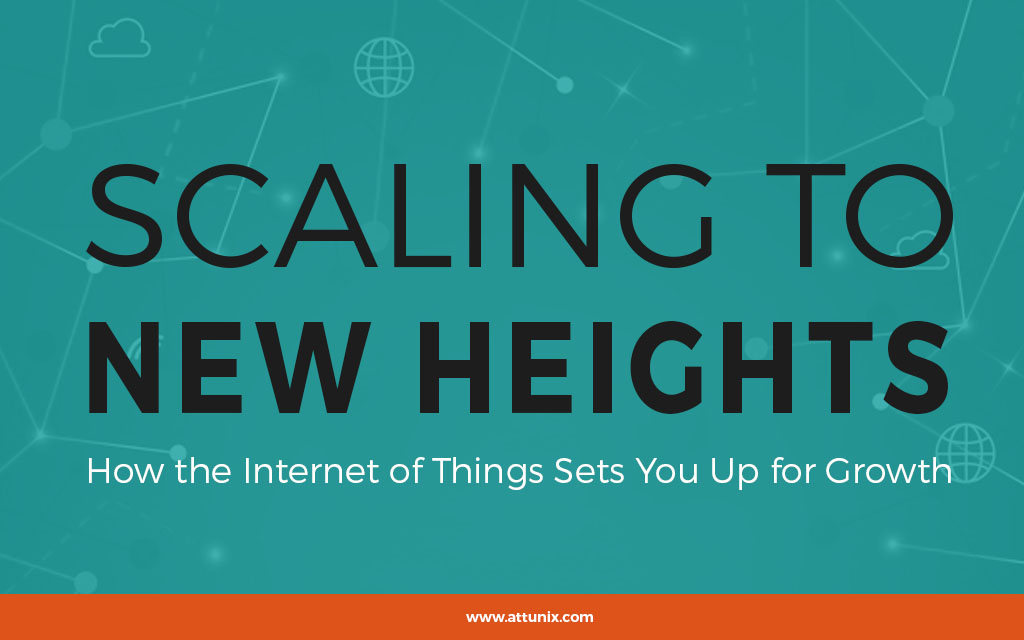The Internet of Things (IoT) only recently arrived in everyday business vocabulary. However, it’s really a catch-all that describes a phenomenon that’s been going on for a while. It’s exactly how it sounds; physical objects that connect to the internet.
While the concept boils down to something we’re all familiar with, it becomes more abstruse when scaling IoT for enterprise. Nearly all aspects of business can benefit from IoT.
However, when incorporating IoT into your company’s strategy, it’s important to distinguish between value drivers versus frivolity. Kickstarting your IoT strategy may be easier than you think with technologies that already exist in-house. This guide will help provide some clarity on where to start your IoT transformation.
 1. Define your goals
1. Define your goals
Before you even start brainstorming, define what you want to achieve with IoT. Even better, define what you want to achieve and how you plan to measure its contribution.
Ask yourself some of the following questions:
- What do the key success metrics look like?
- Does this contribute directly to value add activities?
- Does this pivot your business in a new direction in which you want to go?
These are all important questions to ask before pursuing any project or investment. It’s easy to wow customers and executives with gadgets and dashboards, but what value do those tools really bring to the table?
 Identify your hardware
Identify your hardware
Forbes outlines identifying hardware as a key differentiator between IoT and software launches. After you understand what your IoT goals entail, identify the hardware that is required.
You may be surprised by the potential of your existing inventory. If your organization requires deploying new hardware, you may need to customize it for your business and thus partner with OEMs. The devices need to sync with existing systems required for data collection such as ERPs, WMSs or consumer apps.
 Match data with metrics
Match data with metrics
Data collected through IoT will serve your objectives in different ways. Some data points must be transmitted in real time for visibility or monitoring purposes, while others can be stored and analyzed later.
Define which data points fall into what categories and set up your IoT devices and systems accordingly.
 Governance and security
Governance and security
Many companies are racing to implement IoT technologies across their organizations. These technologies can be a game-changer when it comes to visibility, customer insight and overall business intelligence.
However, they also leave companies, employees and consumers vulnerable to security threats. Any connection to the internet creates an additional portal for negative disruption. Companies must establish governance and security standards in conjunction with IoT implementations.
Get help in kicking off IoT for your business. Get connected with Redapt's team of experts today.
Categories
- Cloud Migration and Adoption
- Enterprise IT and Infrastructure
- Artificial Intelligence and Machine Learning
- Data Management and Analytics
- DevOps and Automation
- Cybersecurity and Compliance
- Application Modernization and Optimization
- Featured
- Managed Services & Cloud Cost Optimization
- News
- Workplace Modernization
- Tech We Like
- AWS
- Social Good News
- Cost Optimization
- Hybrid Cloud Strategy
- NVIDIA
- Application Development
- GPU




